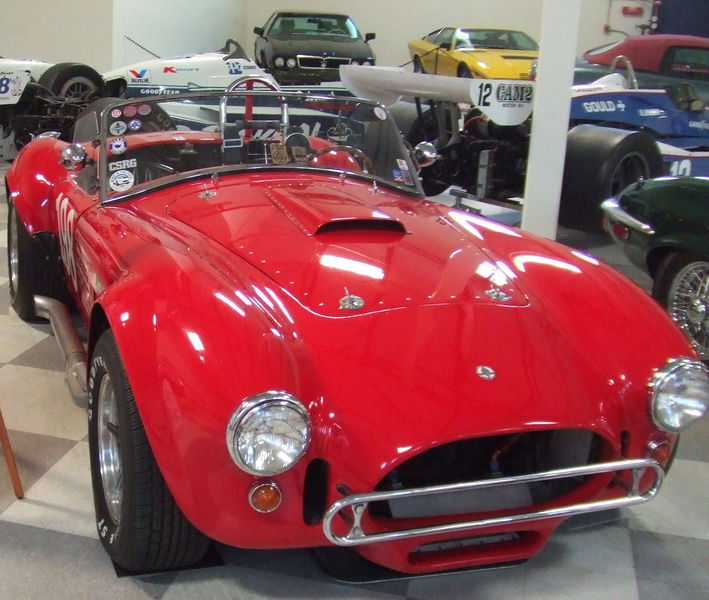The Most Macho Classic Cars Ever
We have no desire to wade into the minefield that is the eternal “chick car vs. dude car” argument. But it’s self-evident that the cars on this list most definitely have a “Y” chromosome. In fact, they positively ooze testosterone:
- 1966-67 Shelby Cobra 427: Many people aren’t aware of the fact that the fire-breathing Cobra actually started out as a rather delicate British sports car, the AC Ace. Carroll Shelby saw the potential, installed a 260-cubic-inch Ford V-8, and it was good. But a 427-cubic-inch NASCAR engine was even better along with side-pipes and fat fenders. Performance was blistering and so was the noise.
- 1970-71 Plymouth Hemi ‘Cuda: The new Mopar E-body forever broke the association with the old economy Valiant, and the Barracuda and its stablemate, the Dodge Challenger, were low, wide and particularly menacing. The 426 Hemi V-8 made it one of the baddest of all time.
- 1968 Corvette L88: This is the Corvette that ordinary civilians weren’t supposed to be able to buy. It was designed for the track at a time when GM was observing an official racing ban. L88s had no creature comforts (not even a heater) and overheated in the briefest of traffic jams. To further discourage non-racers, GM underrated the horsepower of the 427-cubic-inch engine, reporting it at around 400 hp. In reality, it was well over 500 hp.
- 1969-73 Ferrari 365 GTB/4 “Daytona”: The Ferrari Daytona was one of the last V-12 front-engine Ferrari GTs that Enzo Ferrari personally had a hand in. For almost every year it was in production, it was the fastest road car available in the U.S. with a top speed of more than 172 mph. Racer Dan Gurney and journalist Brock Yates won the infamous cross-country Cannonball Run in a Daytona going coast-to-coast in just under 36 hours. All of the controls from the ultra-heavy clutch to the unassisted steering are like a workout machine set on maximum resistance.
- 1976-89 Porsche 930: The 930 was like a 911 on steroids. Literally. Choose your favorite juiced ballplayer from the ‘roids era and compare his forearms to the 930’s aggressively flared fenders and you’ll get it. Performance was otherworldly for the time with 0-60 times of under four seconds and sub-14-second quarter-mile times, bettering all but the most muscular of Detroit muscle cars (albeit at a very steep price). The 930 could also bite back hard. Its rear-engine and “on or off” turbocharger made it easy to spin.


